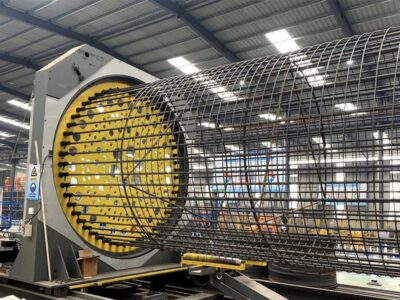Whiteboard markers have been popular since the mid-1990s and have become a staple in offices, classrooms, conference rooms, and other work environments. This is because of its versatility that can be used for writing freely, drawing objects, and making illustrations that can be easily seen even from across the room.
However, not all whiteboard markers are created equal. Every single type of whiteboard marker has different classifications that differ on quality, durability, and components, to name a few.
Whiteboard Marker Parts
There are two main components on a whiteboard marker, which include the marker reservoir and the tip. The marker reservoir serves as the part of the marker that holds the ink in place. On the other hand, the tip, also known as the “felt” is responsible for transferring the ink from the marker reservoir to the whiteboard.
Marker parts are important factors to consider when choosing a whiteboard marker because they affect durability and performance. If you want to get a marker that will last for a long time and is not flimsy, then you should opt for markers that are made from polypropylene plastic, because they are the most durable.
Also, be sure to choose a marker with a tip made from highly compressed fibres that are porous. This way, you don’t have to worry about ink splattering and ink delivery consistency.
Ease of Erasing
Arguably, the most important characteristic of a whiteboard marker is that its ink should last for an extended period and serve its purpose. However, that does not mean the ink should need a lot of effort to erase. This is why the ease of erasing is another factor to consider.
When it comes to ease of erasing, whiteboard markers are divided into two categories, which include “dry erase” and “wet erase”. Dry-erase markers are made up of solvent-based chemicals that are easy to remove and can be wiped off without water. On the other hand, wet-erase markers require water for removal because it is made up of a special semi-permanent chemical.
If you are going to use a marker for short-term projects, then dry-erase markers should be your top choice. However, if you need a marker for long-term illustrations and projects, wet-erase markers are your best option; because they last longer.
Ink Composition
The ink composition of whiteboard markers is a crucial factor to consider because it affects pigmentation and safety of use. According to an article by Amador Valley, whiteboard markers that were made of Xylene can cause toxicity that leads to nausea, dizziness, and headaches that can range from mild to severe. When buying markers, it would be best that you avoid the ones with Xylene.
When writing on a whiteboard or making illustrations, your audience must clearly see what you have written. This is why ink composition is significant because It determines pigmentation.
If you want to highlight a focal area, then you should use a hyper-pigmented marker. This way, the ink colour becomes intense when it touches the whiteboard. However, if you don’t want intense colours, then you should opt for low-pigmented markers.
Whiteboard markers can dramatically affect the way you present your ideas, write things, illustrate projects, and a lot more. If you want to be more creative, innovative, and effective, be sure to follow the considerations above when buying markers.











Comments